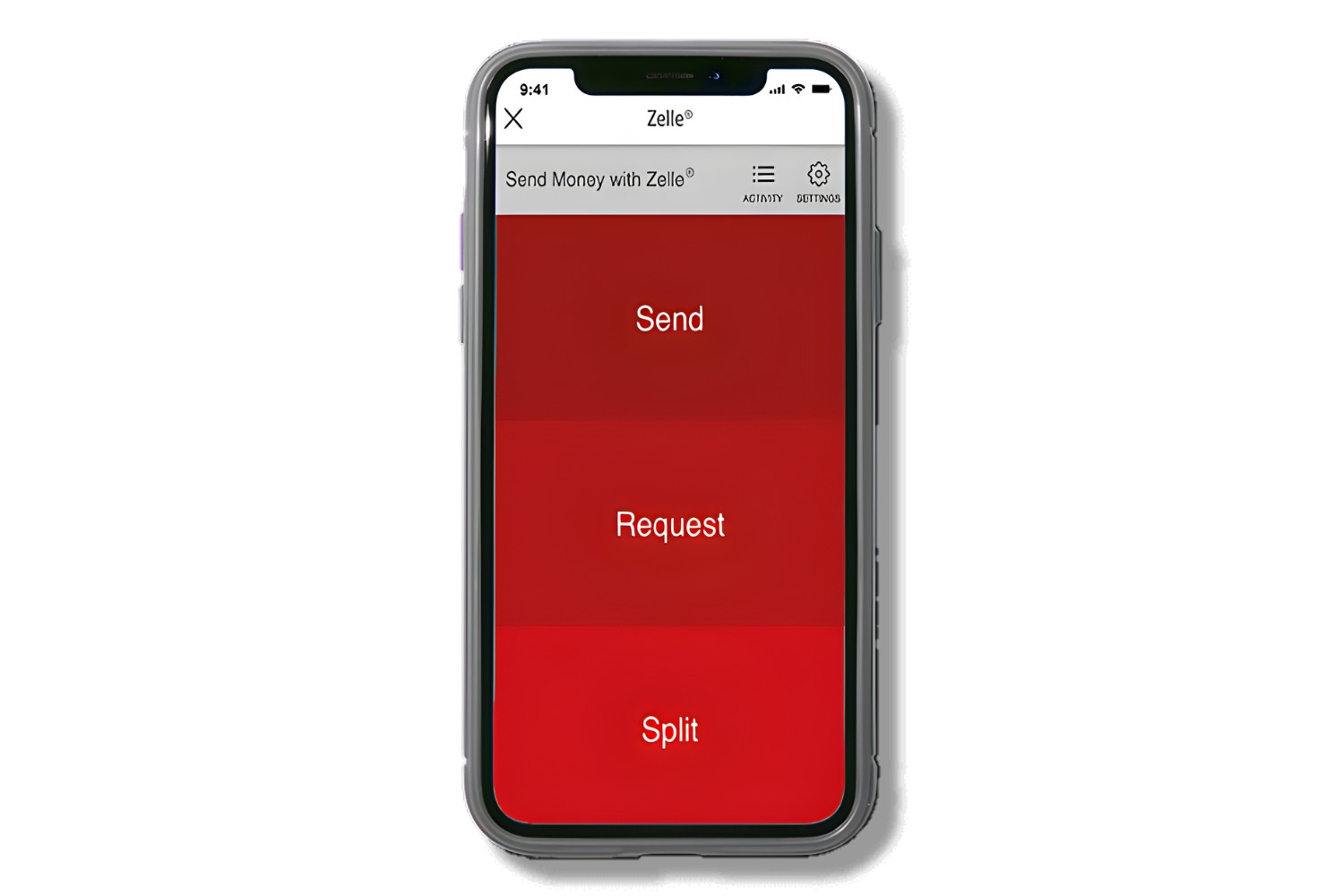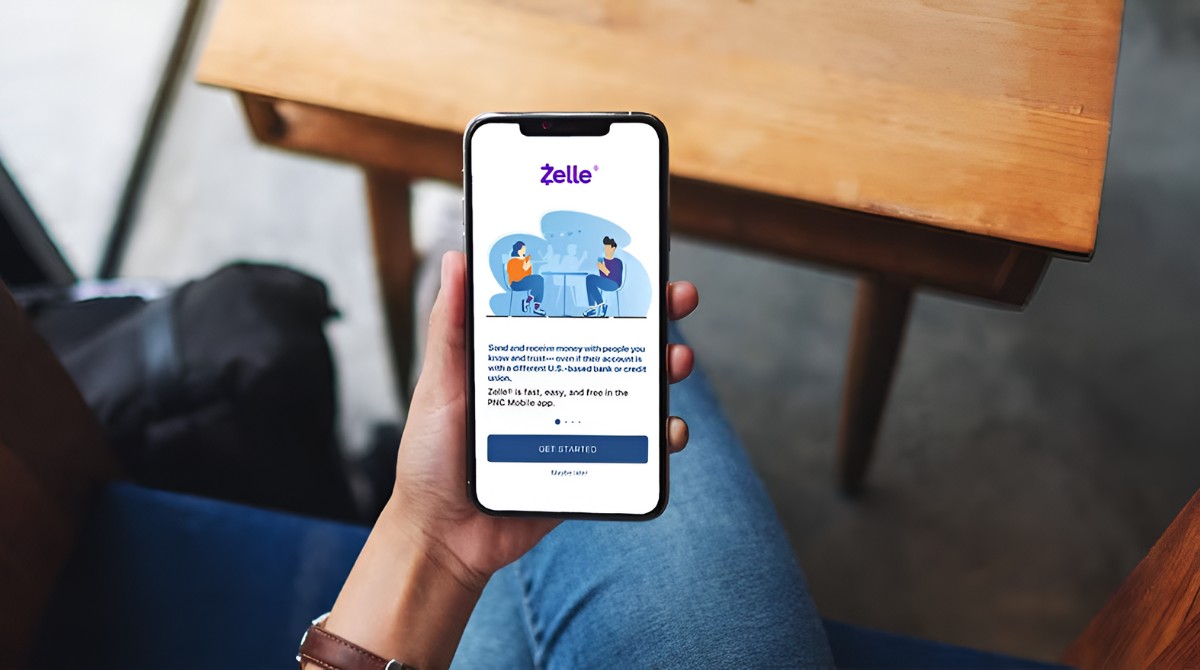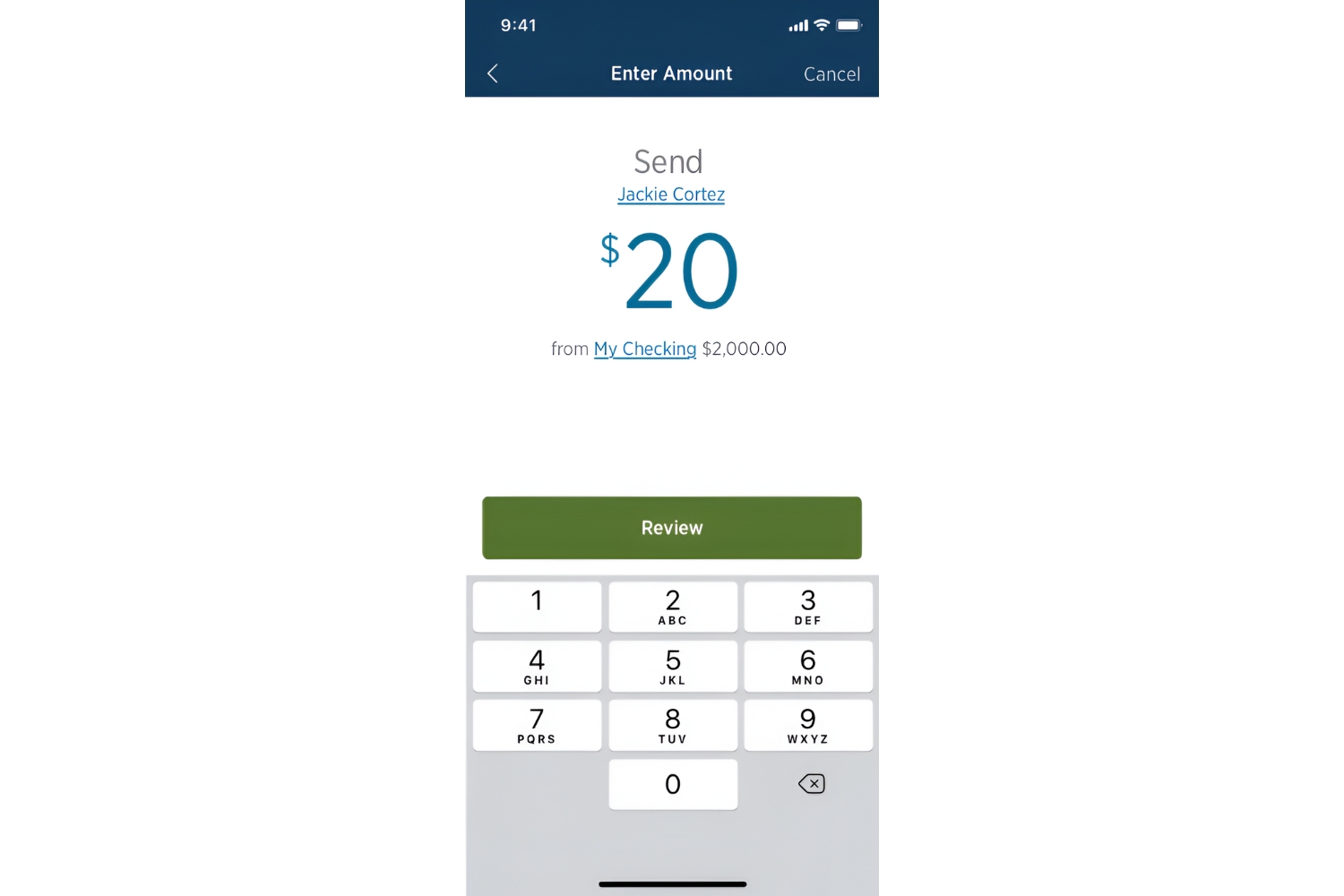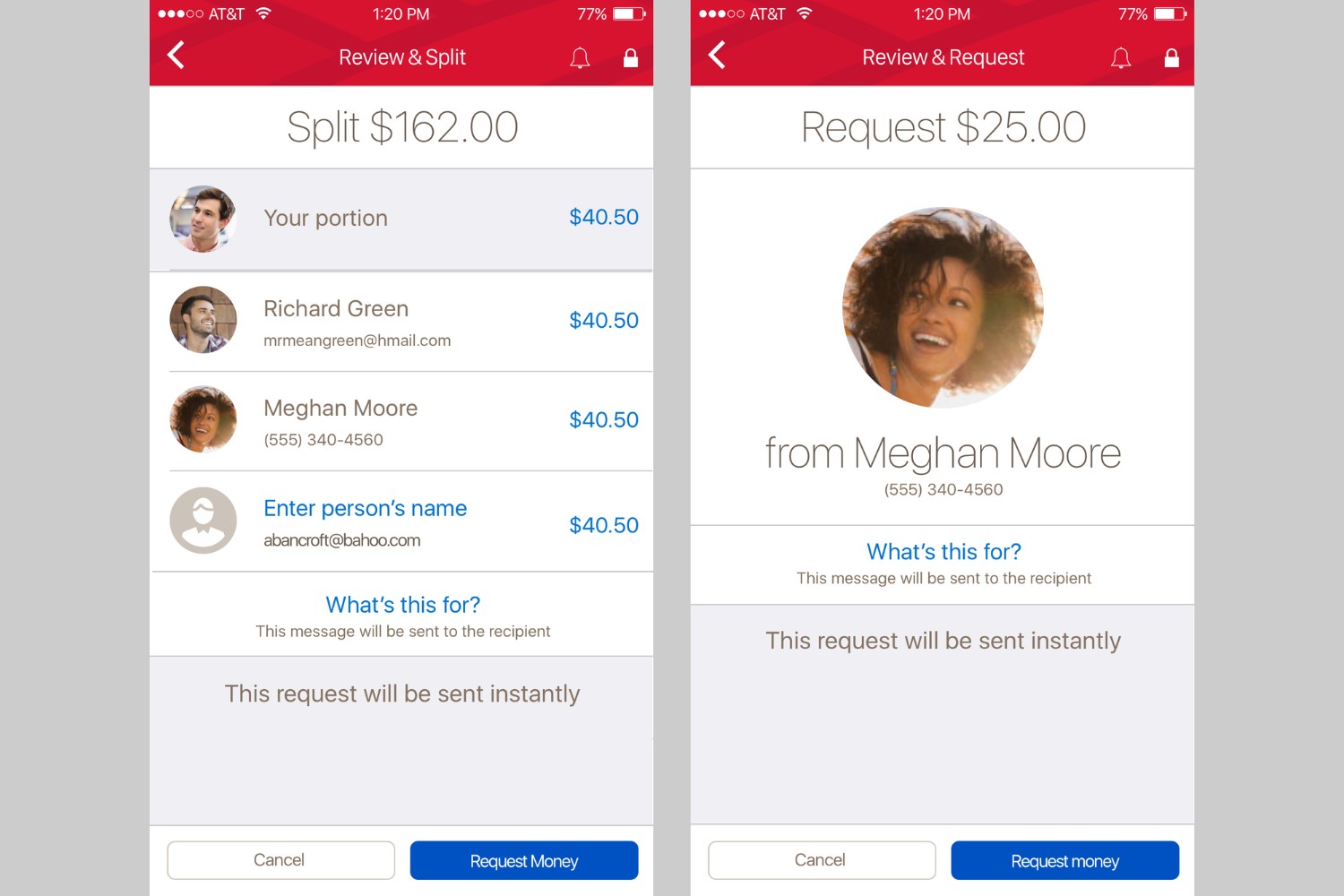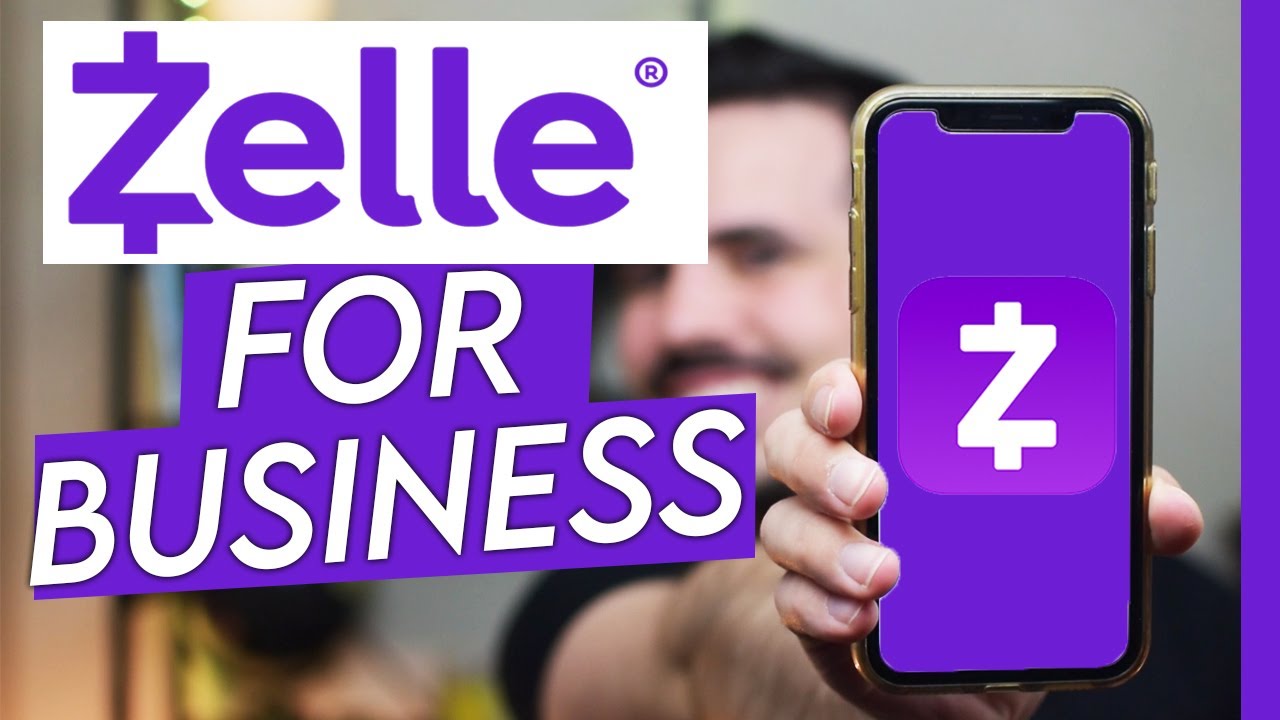Introduction
Welcome to the world of digital payments, where convenience and speed have become the norm. Gone are the days of writing checks or fumbling for cash; now, users can easily transfer money with just a few taps on their smartphones. One such popular method of digital payment is Zelle.
If you’ve heard of Zelle and are considering using it for your transactions, you may have come across the concept of Zelle limits. These limits, put in place by banks and the Zelle service itself, determine the maximum amount of money you can send or receive within a certain timeframe. Understanding these limits and knowing how to increase them can greatly enhance your Zelle experience and give you more flexibility in managing your finances.
In this article, we will dive into the world of Zelle limits, explore the reasons behind their existence, and provide you with actionable steps to increase your Zelle limits. So, let’s get started!
What is Zelle?
Zelle is a digital payment platform that allows users to send and receive money directly from their bank accounts. It provides a convenient and secure way to transfer funds between individuals, eliminating the need for cash or checks. Available in the United States, Zelle is supported by many major banks and financial institutions.
With Zelle, you can easily send money to friends, family, or even businesses using just their email address or mobile phone number. The funds are transferred instantly, making it an efficient method for splitting bills, paying rent, or reimbursing friends for shared expenses.
One of the key advantages of Zelle is that it operates within the existing banking infrastructure. This means that you don’t need to create a separate account or download another app – as long as your bank supports Zelle, you can access it through your existing banking app or website.
Zelle is user-friendly and intuitive, making it accessible even for those who may not be tech-savvy. It offers a straightforward and seamless payment experience, allowing you to manage your finances easily and efficiently.
It’s important to note that while Zelle is a convenient way to send and receive money, it is not a substitute for proper financial planning or budgeting. It’s always wise to exercise caution and only use Zelle for trusted transactions with known individuals or businesses.
Now that we have a basic understanding of what Zelle is, let’s explore the concept of Zelle limits and why they exist.
Understanding Zelle Limits
When using Zelle, you may come across the concept of Zelle limits. These limits refer to the maximum amount of money that you can send or receive through the platform within a certain timeframe. The exact limits can vary depending on your bank and the specific Zelle service you’re using.
Zelle limits are implemented for several reasons, primarily to ensure the security and integrity of the platform. By setting limits, banks and Zelle aim to mitigate the risk of fraudulent activities and protect users from unauthorized transactions.
There are typically two types of Zelle limits: daily limits and monthly limits. The daily limit restricts the maximum amount of money you can send or receive in a single day, while the monthly limit sets a cap on the total amount you can transact in a calendar month.
The specific limit amounts are determined by your bank and the Zelle service, and they can vary widely. For example, some banks may have a daily limit of $500 and a monthly limit of $1,000, while others may have higher limits, such as $2,500 per day and $10,000 per month. It’s important to check with your bank or refer to the Zelle terms and conditions to find out the exact limit amounts that apply to you.
It’s worth noting that Zelle limits are generally placed on the individual sender or recipient, rather than the transaction itself. For example, if you receive multiple smaller payments throughout the day that collectively exceed the daily limit, you may encounter issues with accepting additional payments until the limit resets.
Now that you have a better understanding of Zelle limits and why they exist, let’s explore how you can increase these limits to suit your needs.
Why are Zelle limits in place?
Zelle limits are an essential component of the platform’s security measures. They are implemented to protect users from fraud, unauthorized transactions, and potential financial losses. By setting limits, banks and the Zelle service can closely monitor and control the flow of money, ensuring a secure and trustworthy environment for users.
Here are some key reasons why Zelle limits are in place:
- Fraud prevention: Zelle limits help in preventing fraudulent activities, such as account takeover or unauthorized transactions. By placing caps on the amount of money that can be sent or received, banks can detect and flag suspicious transactions, protecting users from potential financial harm.
- Risk management: Zelle limits are designed to manage the risk associated with digital transactions. By limiting the maximum amount of money that can be transacted within a given timeframe, banks can mitigate the potential impact of a financial loss due to fraudulent or unauthorized activity.
- Compliance with regulations: Financial institutions, including banks that support Zelle, are subject to strict regulations and compliance requirements. Setting limits on Zelle transactions helps banks meet these regulatory obligations and ensures that the platform operates within the guidelines set by the authorities.
- Enhanced user trust: By implementing security measures and setting transaction limits, Zelle aims to build and maintain the trust of its users. Knowing that there are safeguards in place encourages individuals and businesses to confidently use Zelle for their financial transactions.
- Operational efficiency: Zelle limits also help in ensuring the smooth and efficient functioning of the overall payment system. By managing the volume of transactions within predefined limits, banks can process payments promptly and maintain a reliable and secure platform.
It’s important to understand that Zelle limits are not meant to hinder your payment experience; instead, they are put in place to safeguard your financial interests. By adhering to these limits, both senders and recipients can enjoy secure and hassle-free digital payments.
Now that we understand why Zelle limits exist, let’s explore the various options available to increase your Zelle limits.
How can I increase my Zelle limit?
If you find that the default Zelle limits are not sufficient for your financial needs, there are several options available to increase your Zelle limits. Here are some actionable steps you can take:
- Option 1: Request a limit increase from your bank: The first step is to reach out to your bank and inquire about increasing your Zelle limits. Banks have the authority to set their own limits for Zelle transactions, and they may be willing to adjust them based on your specific circumstances or banking history. Contact your bank’s customer support or visit a branch to discuss your needs and explore the possibility of increasing your limits.
- Option 2: Link a debit card to your Zelle account: Some banks offer the option to link a debit card to your Zelle account. By doing so, you may be able to increase your Zelle limits as the added security of a linked debit card can provide additional assurance to the bank. Check with your bank to see if this option is available and if it can help you increase your Zelle limits.
- Option 3: Verify your identity with Zelle: Another way to potentially raise your Zelle limits is by verifying your identity with Zelle. Some banks may require additional verification, such as providing identification documents or answering security questions, to increase your transaction limits. This extra step can help establish your identity and build trust with the bank, potentially leading to higher Zelle limits.
- Option 4: Contact Zelle customer support for assistance: If you have exhausted the options with your bank and still find that your Zelle limits are insufficient, you can try reaching out directly to Zelle customer support. They may have further guidance or solutions for increasing your limits that are specific to the Zelle service itself. Contacting Zelle support can be done through their website or the contact information provided by your bank.
Remember, the availability and effectiveness of these options may vary depending on your bank and Zelle service. It’s important to proactively communicate with your bank and explore the available avenues to increase your Zelle limits.
By increasing your Zelle limits, you can have greater flexibility in managing your finances and enjoy a seamless digital payment experience.
Now that we’ve explored the options for increasing your Zelle limits, let’s conclude by summarizing the key points discussed.
Option 1: Request a limit increase from your bank
If you find the default Zelle limits too restrictive for your financial needs, one of the first steps you can take is to contact your bank and request a limit increase. Banks have the authority to set their own limits for Zelle transactions, and they may be open to adjusting those limits based on your individual circumstances.
Here’s how you can go about requesting a limit increase from your bank:
- Contact customer support: Reach out to your bank’s customer support team through the appropriate channels. This can be done via phone, email, or through the bank’s online messaging system. Explain that you would like to increase your Zelle limits and provide any necessary information they may require.
- Explain your needs: Clearly articulate why you need a higher limit. Whether it’s for larger transactions, increased business transactions, or any other valid reason, make sure to convey the importance of having a higher limit for your financial activities.
- Provide supporting documents: In some cases, the bank may require additional documentation to support your request. This could include transaction records, income statements, or other relevant financial information. Be prepared to supply any necessary documents to strengthen your case.
- Highlight your banking history: If you have a long-standing relationship with the bank and a history of responsible financial behavior, emphasize this fact. Banks may be more willing to accommodate a limit increase for established customers who have maintained a good track record.
- Consider negotiation: If the initial response from the customer support representative is not favorable, politely ask if there is any room for negotiation. In some cases, they may be able to offer a compromise or provide alternative solutions to meet your needs.
It’s important to note that while banks have the authority to adjust Zelle limits, they may have their own policies and guidelines in place. Your bank’s decision to grant a limit increase will depend on factors such as risk assessment, compliance standards, and your banking history with them.
Be prepared for the possibility that your bank may not be able to increase your limits to the desired extent or at all. In such cases, you can explore other options, such as linking a debit card to your Zelle account or verifying your identity with Zelle, as we will discuss in the next sections.
Remember, proactive communication with your bank is key. By requesting a limit increase, you demonstrate your commitment to responsible financial management and show that you are invested in utilizing Zelle to its fullest potential.
Now that we’ve explored the first option for increasing your Zelle limits, let’s move on to the next option – linking a debit card to your Zelle account.
Option 2: Link a debit card to your Zelle account
If you find that requesting a limit increase from your bank is not feasible or does not meet your needs, another option to consider is linking a debit card to your Zelle account. Some banks offer this feature, which can potentially help you increase your Zelle limits.
Here’s how you can link a debit card to your Zelle account:
- Check with your bank: Start by contacting your bank or checking their website to determine if they allow debit card linking with Zelle. Not all banks offer this option, so it’s important to confirm its availability beforehand.
- Review the requirements: Understand the requirements for linking a debit card to your Zelle account. This may include having an eligible debit card, ensuring your account is in good standing, and meeting any additional criteria set by your bank.
- Access your Zelle account: Log in to your Zelle account through your bank’s website or mobile app. If you don’t have a Zelle account, you may need to create one before proceeding further. Follow the prompts to link your debit card to your Zelle account.
- Verify your debit card: As part of the process, you may be required to verify your debit card. This typically involves entering the card details, such as the card number, expiration date, and CVV code. Your bank may also send a verification code to your registered email address or mobile number for additional security.
- Complete the linking process: Once your debit card is verified, you will be able to complete the linking process. This may involve confirming your card details, agreeing to any terms and conditions, and setting your linked debit card as the default payment option for Zelle transactions.
Linking a debit card to your Zelle account can provide an added layer of security and trust for your transactions, which may increase your bank’s confidence in raising your Zelle limits. By having a linked debit card, you demonstrate a higher level of authentication and help mitigate the risk of unauthorized transactions.
Remember, the option to link a debit card to your Zelle account is dependent on your bank’s policies and the availability of this feature. Be sure to check with your bank and follow their specific instructions to properly link your debit card.
If linking a debit card to your Zelle account is not an available option or does not meet your requirements, don’t worry. There are other avenues to explore, such as verifying your identity with Zelle, which we will discuss in the next section.
Now that we’ve explored the second option for increasing your Zelle limits, let’s move on to the next option – verifying your identity with Zelle.
Option 3: Verify your identity with Zelle
If you’re looking to increase your Zelle limits, another option to consider is verifying your identity with Zelle. This process can provide an added layer of authentication and may lead to higher transaction limits.
Here’s how you can verify your identity with Zelle:
- Access your Zelle account: Log in to your Zelle account through your bank’s website or mobile app. If you do not have a Zelle account, you may need to create one by following the provided instructions.
- Locate the verification section: Look for the section within your Zelle account settings where you can verify your identity. This may be labeled as “Verification,” “Security,” or something similar. If you’re unsure, refer to the Zelle documentation or contact customer support for guidance.
- Provide the required information: Zelle may require certain information to verify your identity. This can include personal details such as your full name, date of birth, social security number, or other government-issued identification numbers. Follow the prompts and input the necessary information accurately.
- Submit additional documentation if needed: In some cases, Zelle may request additional documentation to confirm your identity. This can include providing scanned copies or photographs of documents such as your driver’s license, passport, or utility bills. Be prepared to submit these documents as requested.
- Wait for verification: After submitting the required information and documentation, Zelle will review your verification request. The verification process may take some time, so be patient and wait for a response from Zelle or your bank.
- Follow any further instructions: Depending on the outcome of the verification process, Zelle may provide further instructions or requirements. This can include setting up additional security measures, confirming your identity through a phone call, or other steps to complete the verification process.
Verifying your identity with Zelle demonstrates your commitment to using the platform responsibly and securely. By providing accurate information and complying with the verification process, you can instill more confidence in your bank and potentially raise your Zelle transaction limits.
Remember, each bank and Zelle service may have their own specific requirements and processes for identity verification. It’s important to closely follow the instructions provided by your bank or refer to the Zelle documentation for accurate guidance.
If verifying your identity with Zelle does not lead to an increase in your Zelle limits or if it is not an available option, don’t worry. There is one more option we will explore next – contacting Zelle customer support for assistance.
Now that we’ve explored the third option for increasing your Zelle limits, let’s move on to the final option – contacting Zelle customer support.
Option 4: Contact Zelle customer support for assistance
If you have explored the previous options and are still unable to increase your Zelle limits, or if you have encountered any issues along the way, reaching out to Zelle customer support is a viable option. Zelle customer support can provide additional guidance and assistance in your quest to increase your Zelle limits.
Here’s how you can contact Zelle customer support:
- Visit the Zelle website: Access the official Zelle website by typing “Zelle” into your preferred search engine or directly entering the URL “www.zellepay.com.”
- Locate the customer support section: Look for the “Support” or “Contact Us” section on the Zelle website. This section should provide various options for contacting Zelle customer support, such as phone numbers, email addresses, or live chat platforms. Choose the method that suits you best.
- Reach out through your bank: Alternatively, you can contact Zelle customer support through your bank’s customer service channels. They may have specific contact information or dedicated support for Zelle-related queries.
- Explain your situation: Clearly explain the reason behind your need for higher Zelle limits and any steps you have already taken to increase them. Provide any relevant details, such as your account information, transaction history, or documentation, to help Zelle customer support understand your situation better.
- Follow the instructions provided: Zelle customer support will guide you through the necessary steps or actions to address your inquiry or request. They may ask for additional information, provide specific procedures to follow, or offer alternative solutions to increase your Zelle limits.
By contacting Zelle customer support, you can access their expertise and knowledge regarding Zelle limits and related issues. They may have specific insights or options that can help you overcome any hurdles and achieve your goal of increasing your Zelle limits.
Remember to be patient and maintain open communication with Zelle customer support. They are there to assist you, and by working together, you can explore potential solutions or alternatives that align with your needs.
If you have exhausted all the available options and still find yourself unable to increase your Zelle limits to the desired extent, you may need to reassess and consider alternative methods or payment platforms that better align with your requirements.
Now that we’ve explored the fourth and final option for increasing your Zelle limits, let’s conclude by summarizing the key points we discussed throughout the article.
Conclusion
In conclusion, Zelle limits are an important aspect of the digital payment platform. These limits, put in place by banks and the Zelle service, ensure the security and integrity of the platform and protect users from fraudulent activities. Understanding and knowing how to increase your Zelle limits can greatly enhance your payment experience and provide you with more flexibility in managing your finances.
In this article, we explored the concept of Zelle limits and why they exist. We discussed how Zelle limits are implemented to prevent fraud, manage risk, comply with regulations, and enhance user trust. We then delved into four options for increasing your Zelle limits:
- Requesting a limit increase from your bank
- Linking a debit card to your Zelle account
- Verifying your identity with Zelle
- Contacting Zelle customer support for assistance
Each option offers a potential pathway to increasing your Zelle limits, and the effectiveness can vary depending on your bank and specific circumstances. It’s important to proactively communicate with your bank and consider the available options that align with your needs.
Remember, Zelle is just one digital payment platform, and there are alternative methods available if increasing your Zelle limits is not feasible or does not meet your requirements. It’s always a good idea to explore other payment platforms or consult your bank for alternative solutions.
Ultimately, the goal is to have a payment experience that is seamless, secure, and tailored to your needs. By understanding Zelle limits and navigating the options for increasing them, you can make the most of this convenient digital payment platform.
Thank you for joining us in this exploration of Zelle limits and how to increase them. We hope this article has provided you with valuable insights and practical steps to enhance your Zelle experience.









